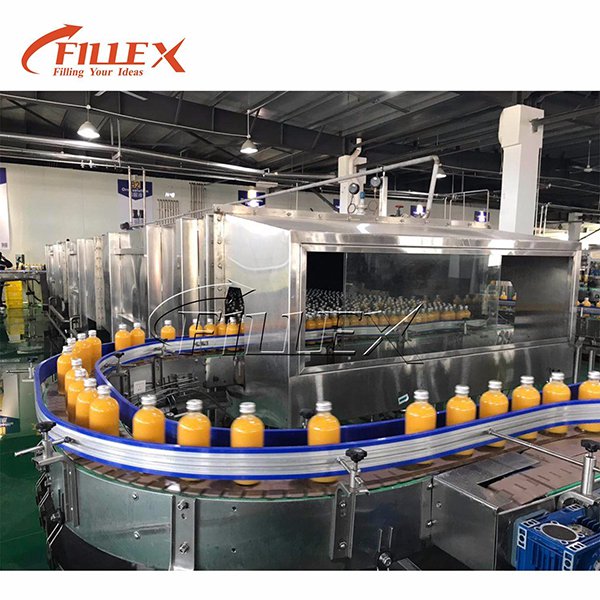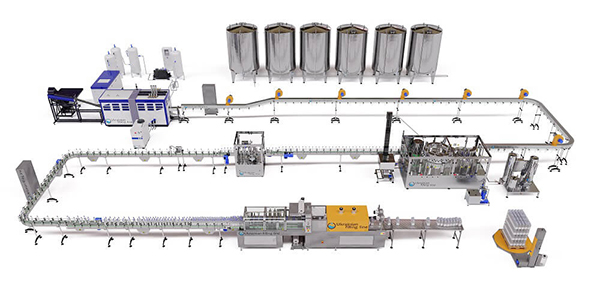- WhatsApp: / 008613773256419
- Email: Jessy@fillex-packer.com
Studies shows that Americans drink about 30% of their daily calories. Whether it's bottled juice, isotonic drinks, coffee or carbonated sodas, we love our beverages. As a bottler, you want to capitalize on this trend by realizing the most profitable ROI model possible. It can be tough to choose which juice manufacturing process is right for you and your business.
To optimize your juice line, you have to first gain an intimate understanding about the strengths and weaknesses of you current operation, and the various options for cost savings. This can be a challenge. In this article, we are going to talk about three popular processing methods for your bottled juice or isotonic drinks, and make some suggestions for how you can approach it all in an effective way.
It would be easier if there was a one-size-fits-all solution for the best juice manufacturing process, but it's more involved than that. There are many factors to consider, and every plant and production line is different. Let's start by distinguishing between three popular processing methods.

1. Hyperbaric Processing or High Pressure Processing (HPP)
Hyperbaric processing is a cold pasteurization technique that uses high pressure to crush bacteria while maintaining the microbiology of your product. The cold juice is then added to a cold bottle.
This juice manufacturing process preserves the health benefits of the product, but it requires a heavy, rigid container.
2. Hot-Fill Processing
Hot-fill processing is a less expensive option, but it will destroy some of the nutrients in your beverages. Hot-fill heats the juice to kill the bacteria. The process is filling hot, capping, inverting the bottle and then cooling.
The traditional hot-fill method included panels to allow for the vacuum process that occurs when the product cools inside the sealed container. Now there's a technology that includes a special base in the PET bottle. This base contracts during the cooling process, which allows greater flexibility for your bottle design.
Since it doesn't take much energy to cool down the product, you can raise your temperature for faster filling. However, the case will fail if you don't properly cool down the product. There are nozzles, swirling methods and other ways to help reduce the temperature during cool down.
Hot-fill processed juice and isotonic drinks usually have a shelf life of 6 to 12 months, depending on format size. This process works well for non-carbonated beverages like juices and isotonic drinks.

3. Aseptic Processing
Aseptic processing fills the bottle at room temperature under extremely sterile conditions. The enclosure uses “glove box technology.” It is required to be cleaner than even an operating room.
This is a challenging process that requires more expensive equipment – but it allows you to use less expensive bottles and provides a longer shelf life, i.e. 18 months without refrigeration.
Regardless of which method you're considering, you'll need a complete cost model. This cost model should compare each process versus the others. It should show you exactly what each option will cost and what the best solution is for you based on what you want to do.
FILLEX PET Juice Pulp Juice Filling Line , This series juice production line integrates washing bottle, filling, sealing, packing and packing, which is suitable for hot filling of all kinds of juice drinks and tea drinks. Advanced micro-negative pressure gravity filling principle, filling fast, stable, accurate, with a perfect material reflux system, can also achieve independent reflux gas, do not contact with the material, reduce the secondary pollution and oxidation of materials.